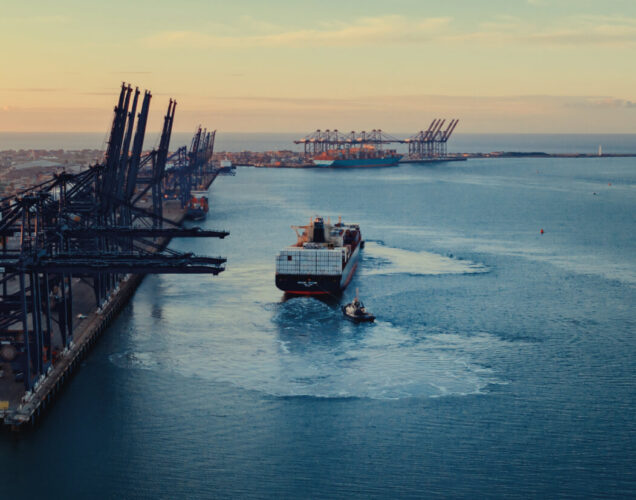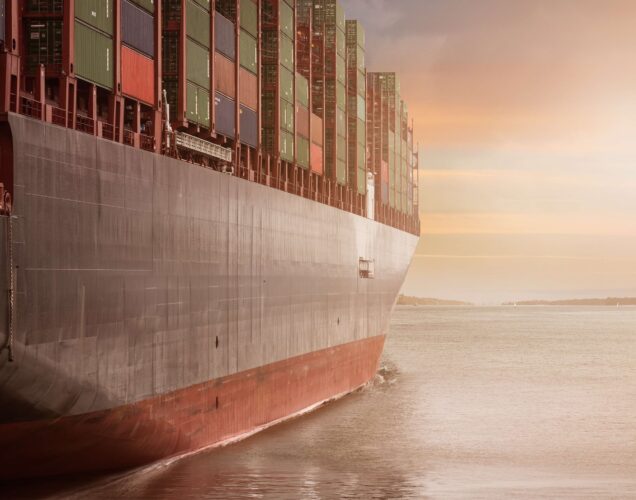International air freight saw not just a slowdown, but also some worrying backlogs, in the period from late November 2017 and into early January 2018. While specific factors fed into this – such as bad weather in Europe and America grounding a number of flights – these played out against a predictable seasonal peak in e-commerce in the run up to Christmas. But Christmas isn’t the only holiday season that can have a considerable impact on global logistics – each year the period around Chinese New Year can also present considerable challenges to businesses that aren’t properly prepared.
Chinese New Year is a major family festival, and it’s not only celebrated in China itself – it’s widely observed across most of Asia, as well as by Asians in Western nations. Because it is based on lunar cycles, Chinese New Year isn’t on the same date every year – it starts on the first new moon to fall between January 21 and February 20, and celebrations continue until the Chinese Lantern Festival on the fifteenth day of the lunar month. In practical terms, this means a public holiday period across Asia which can be one day (Indonesia, the Philippines and Brunei), two days (Malaysia), three days (Hong Kong, Macau and Vietnam), four days (Taiwan) or up to seven days (mainland China).
With some workers taking additional days off either side of the official public holidays to spend time with their families, in reality the direct effects of Chinese New Year can span a period of around three weeks or more, with a knock-on slowdown effect lingering for a further three to four weeks afterward. The period before Chinese New Year can also be affected, as many Chinese manufacturers increase their output in the weeks before the holiday shutdown. Taking all this into account, it’s easy to see how the holiday can affect businesses not just locally, but across global supply chains.
The good news for businesses is that this happens every year, and it is predictable. You know what is going to happen: a period when goods aren’t being manufactured and won’t be moving in or out of Asian ports, with a subsequent slowdown and, significantly, price spikes as demand for swift movement of freight skyrockets. You also know when it is going to happen. In some ways, mitigating the impact of Chinese New Year is really just sensible logistics planning.
That means communicating with suppliers across supply chains well in advance, to understand when production or shipping will stop and resume, and ensuring wherever possible that freight rates are locked in, rather than subject to demand-driven hikes around the holiday season. In the case of non-perishables, and if you have sufficient warehouse space, one solution can be to ensure the goods you need over this period are imported from Asia and stocked domestically before Chinese New Year begins to have an impact.
At the time of writing, we’re still within the 2018 Chinese New Year period, with the Year of the Dog beginning on 16 February. The first days of Chinese New Year for the next five years are:
2019: February 5 – Year of the Pig
2020: January 25 – Year of the Rat
2021: February 12 – Year of the Ox
2022: February 1 – Year of the Tiger
2023: January 22 – Year of the Rabbit
Here at HFS, we take a particular pride in managing our clients’ needs around the Chinese New Year period, liaising with our hardworking partners in mainland China and across Asia to ensure supply chains continue to operate smoothly and – perhaps more importantly – without any unpleasant surprises during the challenging holiday season.






